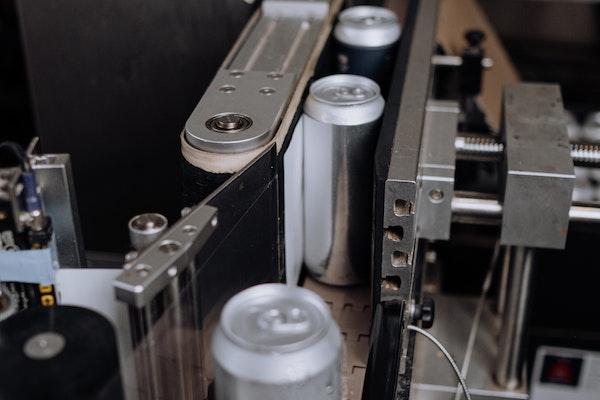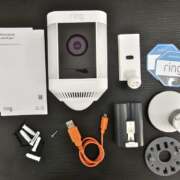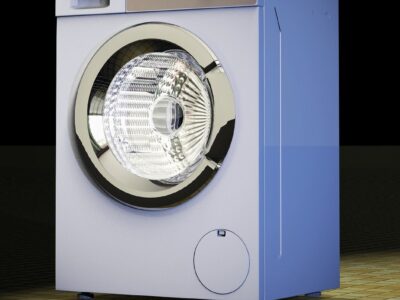In the ever-evolving manufacturing world, technological advancements shape the industry’s landscape. The rotary actuator electric is one such innovation that has garnered significant attention and transformed manufacturing processes. With its remarkable capabilities and versatility, this cutting-edge device has ushered in a new era of efficiency, precision, and automation.
In this article, we will delve into the revolutionary impact of electric rotary actuators on the manufacturing sector, exploring their key features, benefits, and diverse applications.
Understanding Electric Rotary Actuators
As the name suggests, electric rotary actuators are compact and robust electro-mechanical devices designed to convert electrical energy into rotary motion. They serve as a vital component in a wide range of industrial machinery, offering precise control and motion capabilities in various manufacturing applications.
With their versatile nature, they act as the beating heart of assembly lines, robotic systems, and automated machinery. They bring efficiency and reliability to the production floor, ensuring that every part, component, or mechanism is precisely positioned or smoothly rotated, thus contributing to a flawless manufacturing process.
Enhanced Precision and Accuracy
One of the most significant advantages of electric rotary actuators is their ability to deliver precise and accurate motion control. By utilizing advanced feedback systems and closed-loop control algorithms, these actuators can achieve exceptional positional accuracy and repeatability. This level of precision enables manufacturers to optimize processes, minimize errors, and enhance the overall quality of their products.
Increased Efficiency and Productivity
Electric rotary actuators have ushered in a new era of efficiency and productivity in the manufacturing industry. Unlike traditional hydraulic or pneumatic counterparts, these cutting-edge actuators offer myriad benefits that propel operations to unprecedented heights. One of the standout advantages of electric actuators is their lightning-fast response times. Gone are the sluggish delays associated with fluid-based systems. With electric actuators, production lines experience an immediate boost, enabling seamless workflow and great throughput.
Moreover, the enhanced speed of electric rotary actuators translates into reduced cycle times, meaning products move swiftly through the manufacturing process. This accelerated pace empowers businesses to meet growing demands and ensure timely delivery of goods. Additionally, the implementation of electric actuators streamlines overall manufacturing operations. The elimination of complex hydraulic or pneumatic setups simplifies maintenance and reduces downtime, resulting in higher uptime and greater productivity.
Flexibility and Adaptability
Another key aspect of electric rotary actuators is their versatility and adaptability to different manufacturing requirements. These actuators can be easily integrated into existing production systems and are compatible with a wide range of machinery. Moreover, their programmable nature allows for dynamic adjustments and customization, enabling manufacturers to adapt to changing production needs and optimize their processes more effectively.
Reduced Maintenance and Operational Costs
Electric rotary actuators present a cost-effective solution for manufacturing facilities. Compared to hydraulic or pneumatic systems, electric actuators require minimal maintenance due to their simplified design and absence of fluid components. This results in reduced downtime, lower repair costs, and increased overall equipment effectiveness (OEE). Additionally, electric actuators are more energy-efficient, translating into significant savings in electricity consumption and operational expenses.
Improved Workplace Safety
Manufacturing environments often involve complex machinery and hazardous operations. Electric rotary actuators enhance workplace safety by eliminating the risks associated with hydraulic leaks or compressed air malfunctions. Their clean, leak-free operation reduces the potential for accidents and ensures a safer working environment for employees. Furthermore, these actuators can be equipped with advanced safety features such as position monitoring, collision detection, and emergency stop functionality, further mitigating risks.
Diverse Applications
Electric rotary actuators find applications across a broad spectrum of manufacturing processes. In robotics, they enable precise and smooth motion control for industrial arms and articulated mechanisms, facilitating automation in assembly lines and material handling systems. These actuators also play a vital role in the automotive industry, powering critical functions like steering, throttle control, and braking systems. Additionally, they are utilized in packaging machinery, 3D printing, medical devices, and countless other sectors that require accurate and reliable motion control.
Bottom Line
Electric rotary actuators have truly revolutionized the manufacturing landscape, bringing forth unprecedented levels of precision, efficiency, and automation. Their ability to deliver precise motion control, increase productivity, reduce costs, and improve workplace safety has made them indispensable in modern manufacturing processes. As the industry continues to evolve, it is clear that electric rotary actuators will continue to shape the future of manufacturing, unlocking new possibilities and redefining the standards of efficiency and quality.














Comments